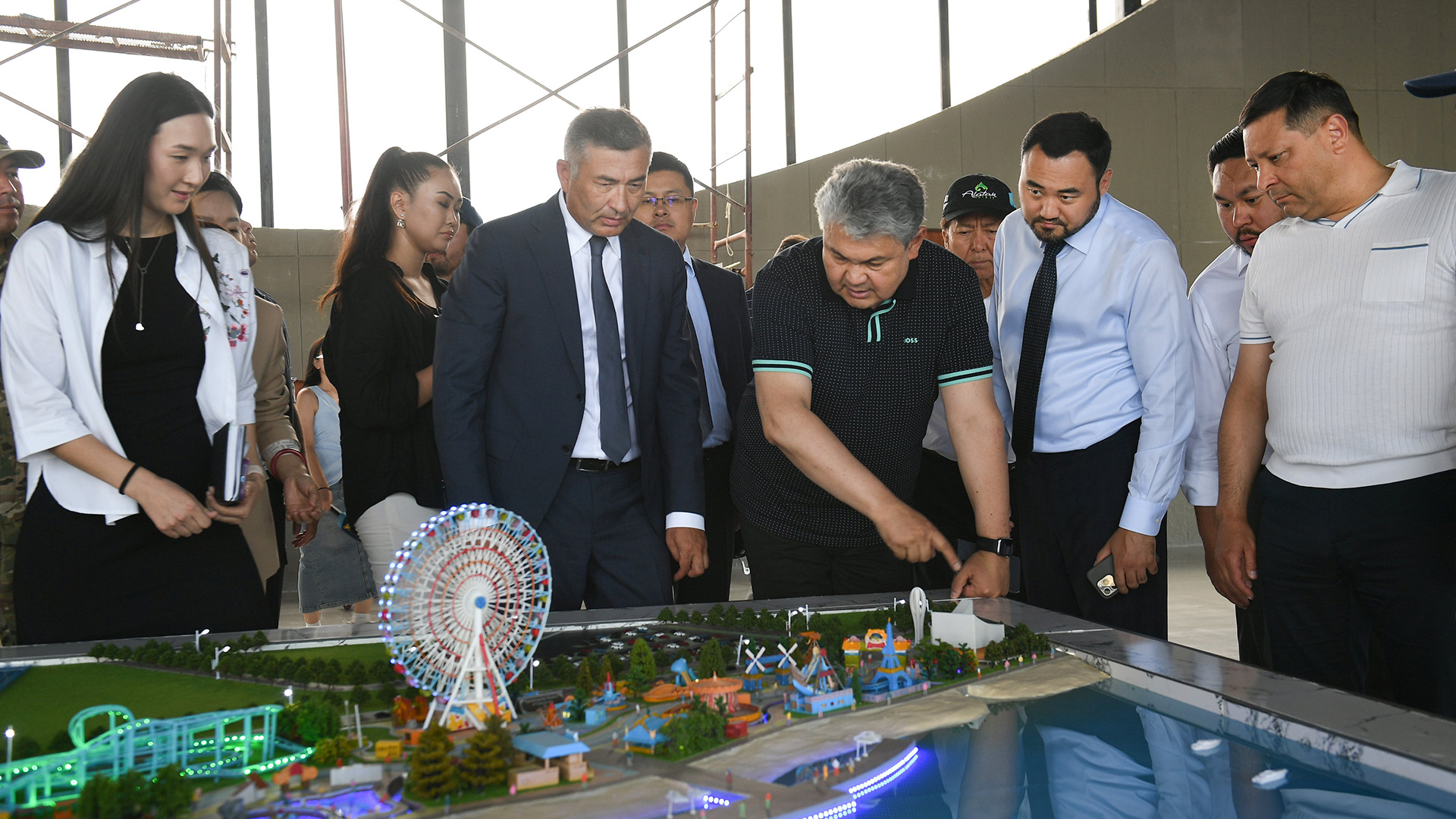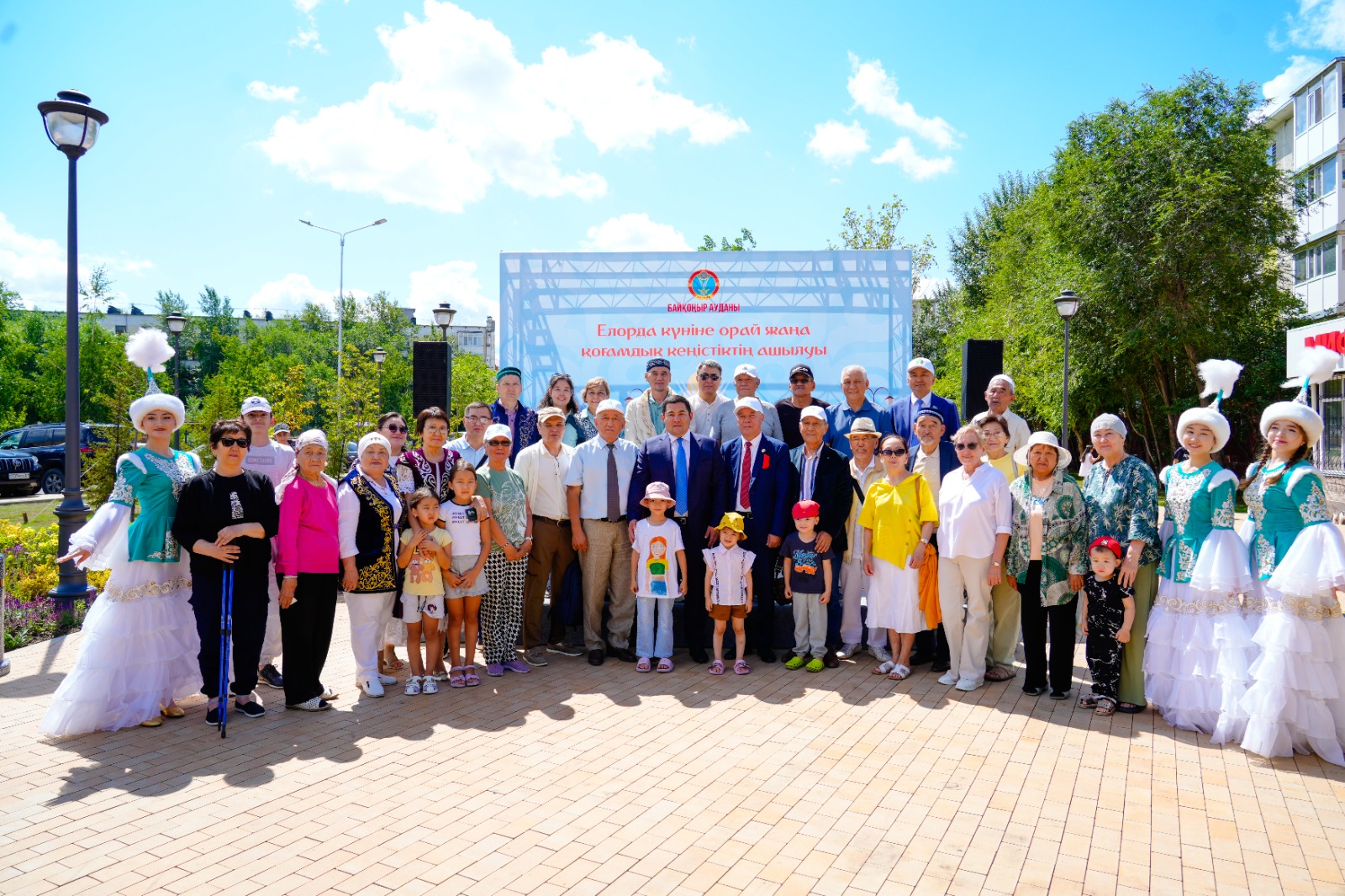Smagul Saduakasovich has a special place in Kazakh history. Although the public figure and statesman lived only 33 years, in his short life he managed to leave an indelible mark in the history of his nation.
The honorable son of Alash was born in the village of Uyaly-Zharkyn, Akzhar district, North Kazakhstan region. He came from the Malay-Baktybay branch of the Kerey tribe. He graduated from a rural school, 2nd grade Russian-Kazakh school, Moscow Institute of Transport Engineers. Our grandfather Smagul, who has been involved in politics since the age of seventeen, became one of the most active members of the organization "Birlik" consisting of Kazakh youth. Together with such citizens as Magzhan Zhumabayev, Saken Seifullin, Mukhtar Samatov, he served for his nation. This organization accepted the final idea of the Alash party. The main purpose was to awaken the national consciousness of the Kazakh people by raising their culture and literature.
Until the end of his life, the Alash leader did his best to preserve the territorial integrity of the country and fought for the independence of the nation. In 1921, he took an active part in the measures of inclusion of the Semipalatinsk region in the Kazakh autonomy through the administrative-territorial division of the Siberian Revolutionary Committee, and greatly contributed to the inclusion of Kostanay region in the territory of the country. Despite his official position, he openly criticized the colonial policy of the Russian Empire.
"Kazakh land was a colony before the revolution. "The tsarist government used Kazakhstan's raw materials and natural resources to give the 'vacant lands' to the settlers and exerted its cultural, religious and educational influence," he said. Thus, the masses call on the Kazakh nation not to allow further colonization.
Saduakasovich and Goloshchekin
One of the most important milestones in politics is the open struggle with F. Goloschekin. When Goloshchekin came to the regional committee, Smagul Saduakasovich was a 25-year-old man who was a candidate for the Bureau, the People's Commissar for Education, and the editor of the Enbekshi Kazakh newspaper. Despite his age, he became a prominent figure in the congregation. He was the only citizen who opposed the idea of "Little Kazan" and supported the peaceful evolutionary development of the village. Our intellectuals at that time could not agree with the executive secretary on the issues of Sovietization of the Kazakh village, Kazakhization of institutions, development of industry, attitude to students.
One of the works carried out in the first half of the twentieth century was the Kazakhization of institutions. This issue was on the agenda of every congress. Goloschekin put forward the idea that "the party belongs to Russia, so there is no need to Kazakhize it." This opinion touched Smagul Saduakasovich. In turn, he said: "The party works with the Kazakh public,it has relations with the Kazakh communists, why can't it work in the Kazakh language?" At the same time, the Kazakh language should be introduced in the civil service and social spheres. The first secretary of the regional party committee of Kazakhstan wants to completely destroy the plan to create a nation-state. This idea is evident in his words: “There is no need to open a university in Kazakhstan, those who want to study should go to Moscow and Leningrad. Those who study destroy the youth and provoke ethnic strife. "
Saduakasuly openly said that the country will be saved not by new expropriations, but by labor and science. Goloshchekin wrote about it: "When I say that the village should have a" Little October ", he is against any October. If I conclude that the village wants a revolution, Comrade Saduakasuly denies it. We are not against the civil war in the village ... Zholdas Saduakasovich is against such a civil war. That's the decent thing to do, and it should end there. "
Of course, it was only natural that a public figure would soon be persecuted for protesting against the unjust rule of the Red Empire. In 1927 he was relieved of the post of People's Commissar of Education, and in the same year by the decision of the Bureau of the Regional Committee was appointed rector of KazPedvuz in Tashkent. However, the issues raised by the citizen were not supported by the authorities. Therefore, he had to resign from the post of rector.
From 1928 to 1932 he studied at the Moscow Institute of Transport Engineers. Later he worked as a civil engineer on the construction of the Moscow-Donbass railway.
The nobleman died in 1933 in Moscow under unknown circumstances. His body was cremated and buried in a Christian cemetery. The ash of the noble man was brought to his homeland only 77 years later and buried in a Muslim cemetery in the Zhastar microdistrict of the capital according to Sharia law.
Smagul Saduakasovich is a shining star of the nation's politics. His great love, loyalty and courage to his people will remain a shining example of selfless service to the Motherland.
Diana ASAN,
National portal "Adyrna"
English version is edited by:Nagima Bazarkizi


















